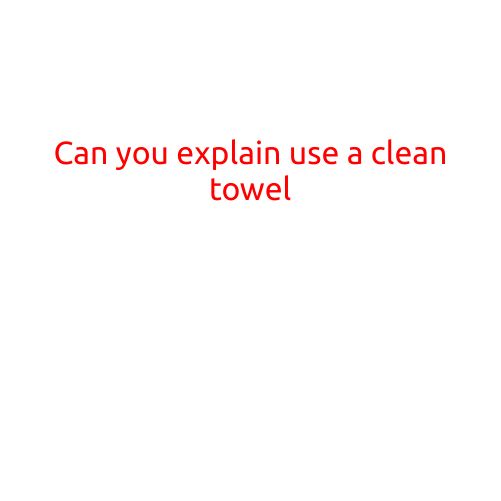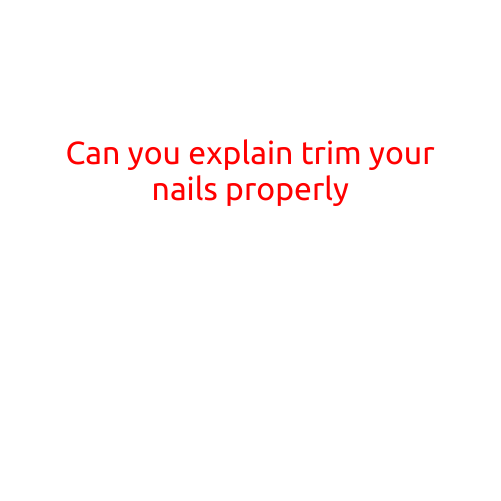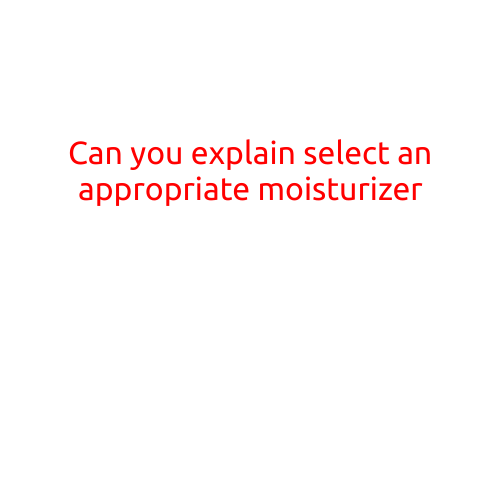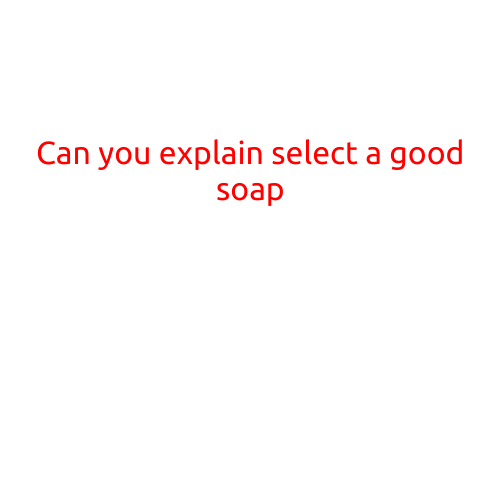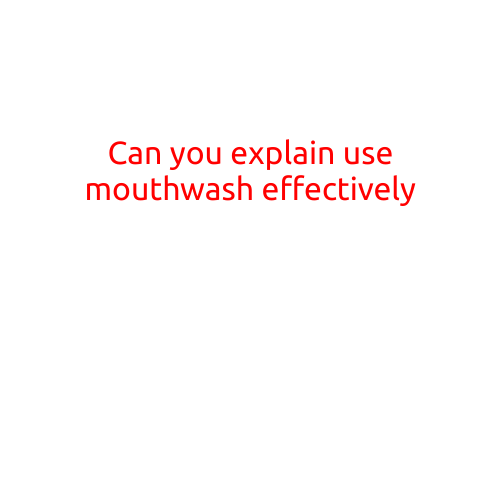
Can You Explain How to Use Mouthwash Effectively?
Mouthwash is an essential part of many oral hygiene routines, but its effectiveness relies heavily on proper use. Whether you’re looking to freshen your breath, reduce plaque and gingivitis, or combat dry mouth, using mouthwash correctly is crucial. In this article, we’ll break down the best practices for using mouthwash effectively.
Before You Start
Before you reach for your mouthwash, make sure to:
- Brush and Floss First: Use mouthwash after brushing and flossing your teeth to remove any loose food particles and plaque. This ensures the mouthwash can reach and clean all areas of your mouth effectively.
- Use the Right Amount: Follow the instructions on the label for the recommended amount of mouthwash to use. Using too little may not be effective, while using too much can be overwhelming and even cause side effects like dry mouth or sensitivity.
Using Mouthwash Correctly
Now that you’re ready to start, here’s how to use mouthwash:
- Swish, Don’t Swallow: Swish the mouthwash around your mouth for 30 seconds to 1 minute, making sure to cover all areas, including the front and back of your mouth, your tongue, and the roof of your mouth. Avoid swallowing mouthwash, as it may contain active ingredients that aren’t meant for your digestive system.
- Don’t Rinse with Water: After swishing the mouthwash, do not rinse your mouth with water. This allows the active ingredients to stay in your mouth and work their magic.
- Spit Out, Don’t Swallow: When you’re done swishing, spit out the mouthwash, taking care not to swallow any excess.
- Repeat as Necessary: Depending on the type of mouthwash and your oral health needs, you may need to repeat the process one to two times a day. Always follow the instructions on the label.
Tips and Tricks
To get the most out of your mouthwash, remember:
- Use a Mouthwash That’s Right for You: Choose a mouthwash that’s designed for your specific oral health needs, such as antibacterial, antifungal, or dry mouth.
- Don’t Use Too Much Mouthwash: Overusing mouthwash can lead to side effects like dry mouth, sensitivity, or even tooth decay.
- Pay Attention to Ingredients: Make sure to check the ingredient list for any allergens or irritants that may affect you.
- Combine with Brushing and Flossing: Use mouthwash as part of your overall oral hygiene routine, in addition to brushing and flossing regularly.
In Conclusion
Using mouthwash effectively is a simple process that requires some practice and attention to detail. By following these tips and guidelines, you can get the most out of your mouthwash and reap the benefits of a healthy, fresh mouth. Remember to always read the label, use the right amount, and follow the instructions for best results. Happy rinsing!

